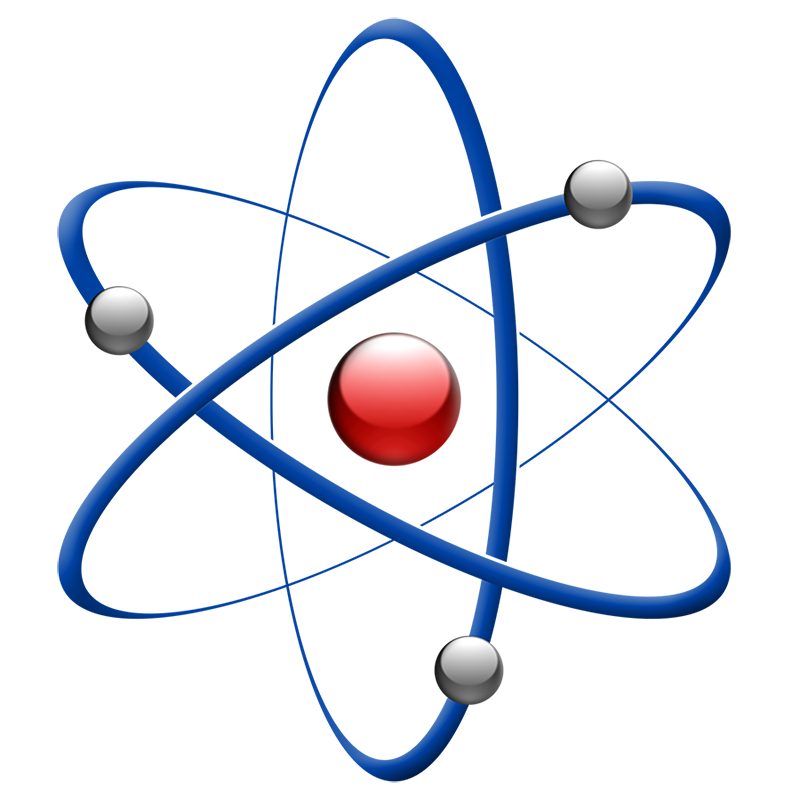Celebrating 27 Years 1999-2026
Explosibility Testing
For over 50 years, IEP’s Combustion Research Center (CRC) has been at the forefront of testing explosibility characteristics of combustible dusts. CMC Technologies can help you get the explosibility tests ordered for the Australian and New Zealand markets.

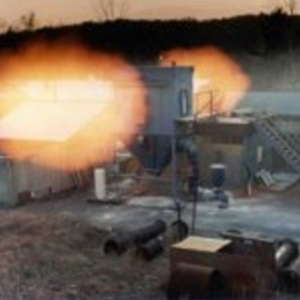

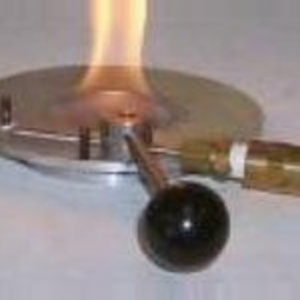
Combustion Hazard Testing at the Combustion Research Centre | CRC
- Reliable Data Foundation: Understanding combustion hazards and implementing safety measures begins with accurate data on process materials.
- Over 40 Years of Service: The Combustion Research Center (CRC) has been a trusted resource for the process safety community, providing high-quality combustion hazard data on dusts, liquids, and gases.
- Recognised Testing Methods: IEP employs established test methods from ASTM, U.S. DOT, UN, and others for conducting dust explosion testing and assessing ignition properties.
- Common Tests Performed:
- Dust Cloud Explosibility Data: Measures maximum explosion pressure (Pmax) and explosibility rate constant (K) for designing explosion protection systems such as venting, isolation, and suppression.
- Dust Explosibility GO/NO Go Screening: Conducted according to ASTM E1226.
- Pmax and Kst Testing: Evaluated in accordance with ASTM E1226.
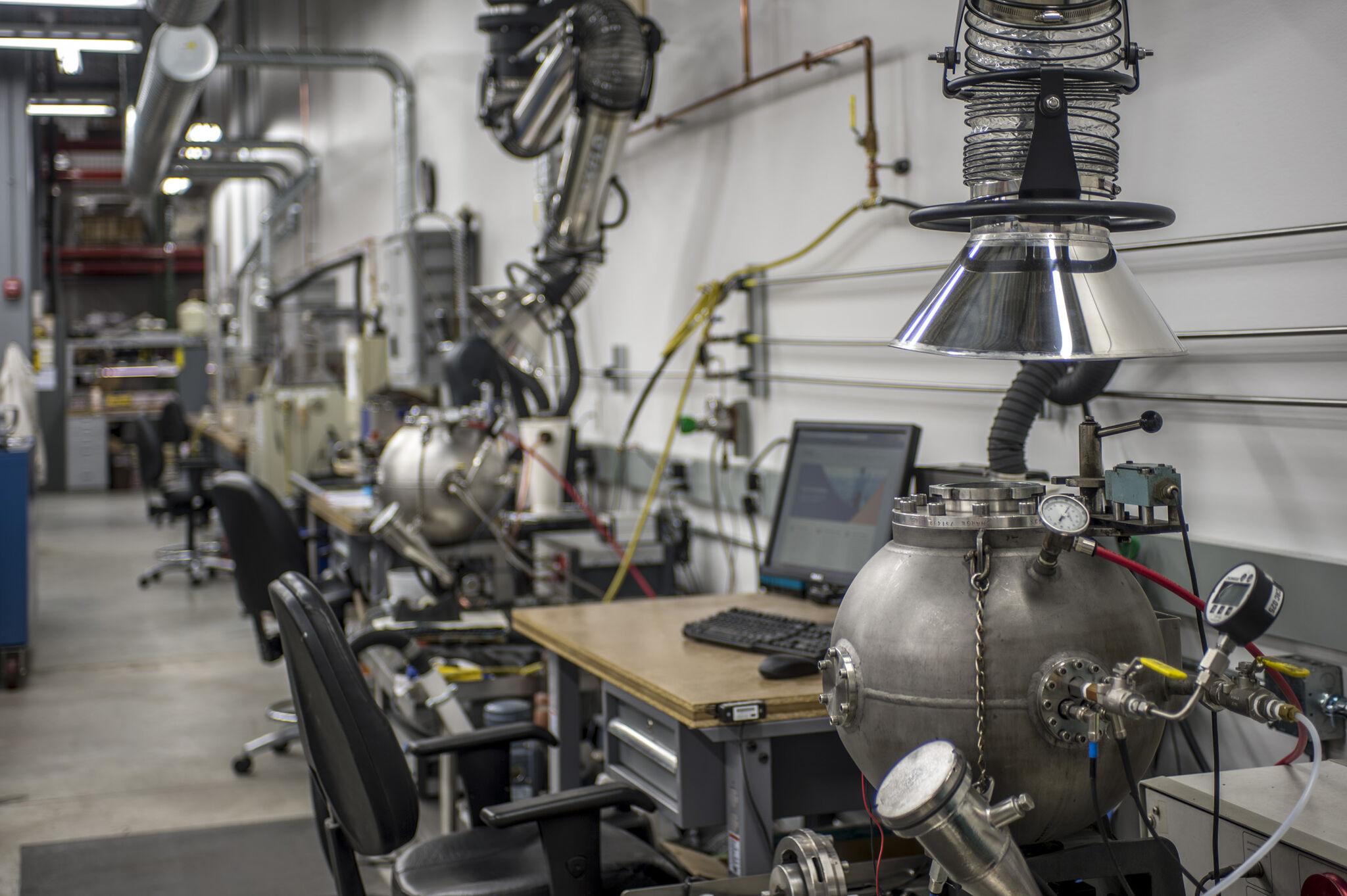
INTERESTED OR HAVE QUESTIONS? GET IN TOUCH WITH US NOW!
Key Parameters in Combustion Hazard Assessment
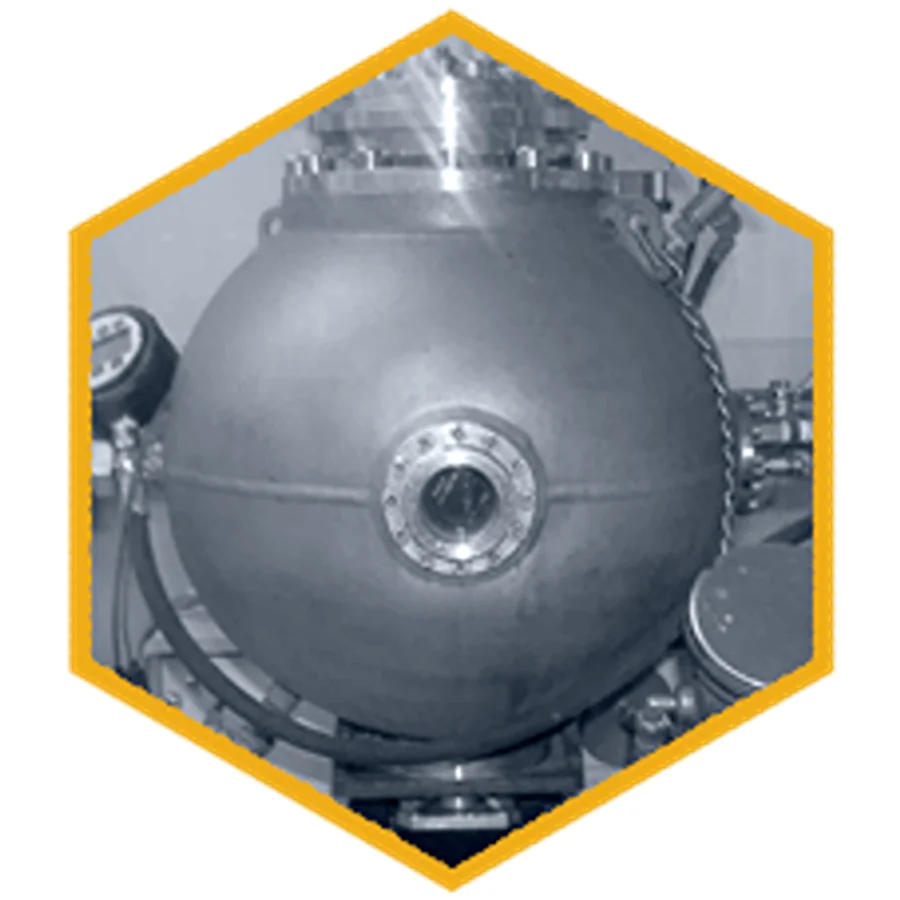
- Minimum Explosible Concentration (MEC): Evaluated according to ASTM E1515, used in deflagration risk assessments considering various explosion and fire hazard factors.
- Limiting Oxygen Concentration (LOC): Measured for dusts using ASTM E2931, assists in developing fire and explosion prevention strategies utilizing inert gases to lower oxygen levels.
- Minimum Ignition Energy (MIE): Assessed according to ASTM E2019, indicates the likelihood of ignition during processing, guiding the need for explosion prevention measures.
- Ignition Temperature of Dust Clouds (MIT Cloud): Determined using ASTM E1491, this procedure identifies the minimum temperature required for a dust cloud to auto-ignite when exposed to heated air.
- Hot Surface Ignition Temperature of Dust Layers (MIT Layer): Measures the minimum temperature at which a dust layer self-heats, providing critical data for fire risk assessments.
- Self-Heating Ignition Assessment: Evaluates the tendency of bulk dust to spontaneously ignite in heated environments, aiding in comprehensive risk evaluations.
INTERESTED OR HAVE QUESTIONS? GET IN TOUCH WITH US NOW!
